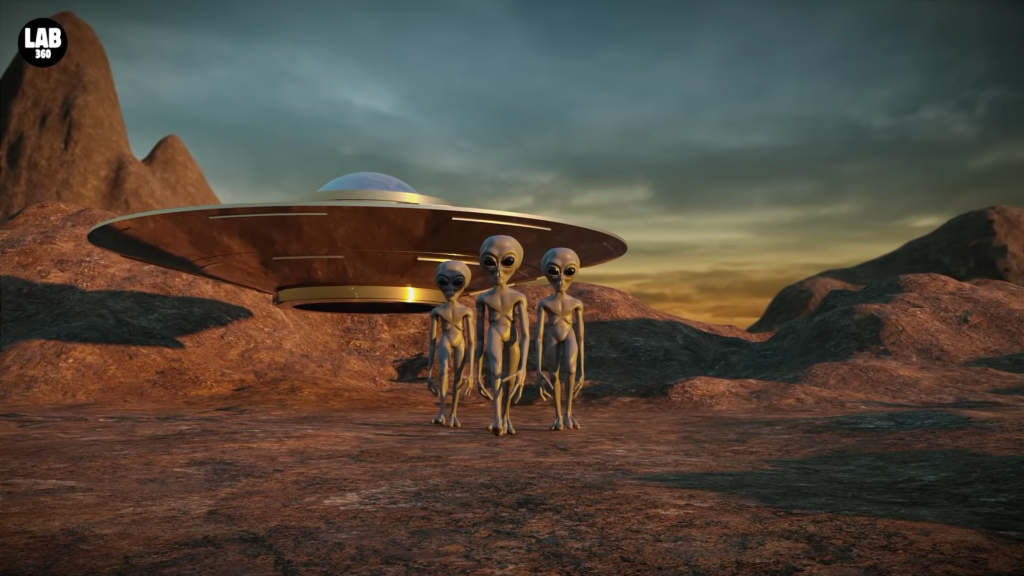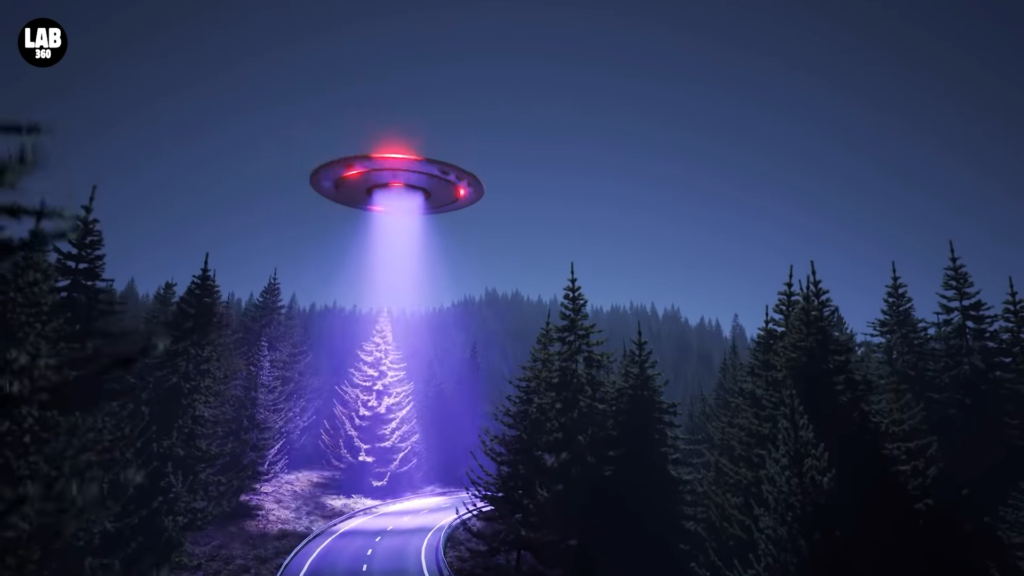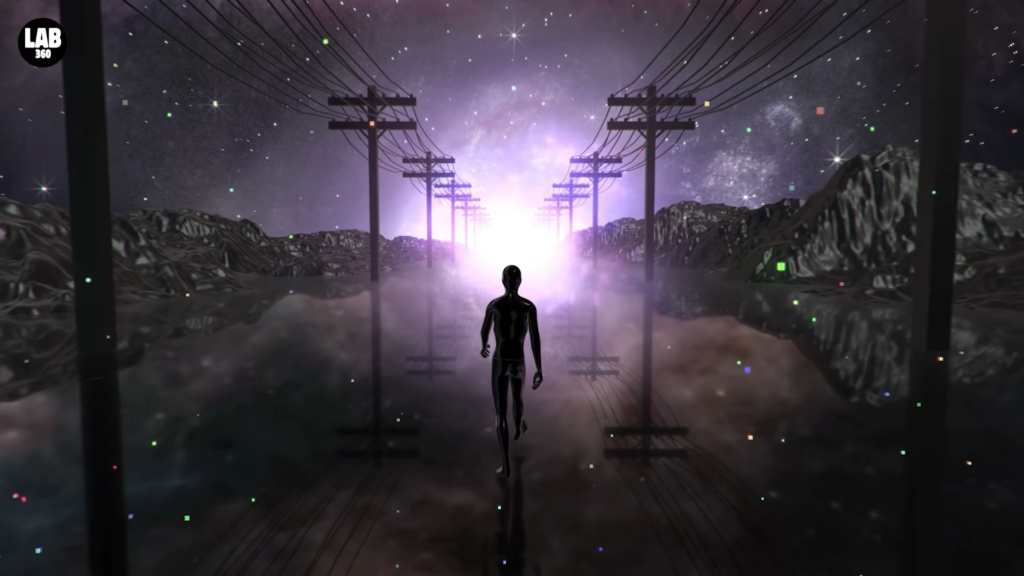In the summer of 1950, at Los Alamos National Laboratory in New Mexico, Enrico Fermi, the renowned physicist, posed a question during a casual lunch with friends that still echoes through the halls of science: “Where is everybody?” Little did he know that this seemingly innocent query would give rise to one of the most confounding puzzles of our time—the Fermi Paradox.

At its core, the Fermi Paradox confronts the apparent contradiction between the high probability of extraterrestrial life in the vast universe and the conspicuous absence of any evidence thereof. Despite billions of stars in the Milky Way alone, each potentially harboring Earth-like planets in habitable zones, we have yet to detect any signs of intelligent life beyond our own.
Over the decades, numerous hypotheses have emerged to address this enigma. One prevalent idea stems from the sheer number of stars in the galaxy, suggesting that advanced civilizations should abound. Yet, the absence of contact or communication leads to speculation that perhaps intelligent life is rarer than anticipated or faces existential threats that curtail its longevity.

Another compelling notion revolves around the limitations of our technology and methods. While efforts like the Search for Extraterrestrial Intelligence (SETI) tirelessly scan the cosmos for radio signals or anomalies, our instruments may not be sufficiently sensitive to detect subtle signs of alien activity.
Moreover, the Fermi Paradox raises questions about the feasibility of interstellar travel. Despite humanity’s aspirations to explore beyond our solar system, the immense distances and technological hurdles may render such endeavors impractical or unattainable for any advanced civilizations.

However, recent advancements offer glimmers of hope in our quest for cosmic companions. The James Webb Space Telescope, poised to revolutionize our understanding of distant exoplanets, promises to unveil new insights into their atmospheres and potential habitability. By comparing these worlds to our own, we inch closer to unlocking the mysteries of alien life.
Yet, amidst the uncertainty, tantalizing clues persist. UFO sightings, long relegated to the realm of speculation and skepticism, continue to captivate imaginations worldwide. While many are debunked or explained by natural phenomena, some remain unexplained, fueling speculation about potential extraterrestrial encounters.

As humanity stands on the precipice of unprecedented scientific discovery, the answer to Fermi’s question—where is everybody—remains elusive. Whether lurking in the depths of space or eluding our grasp, the quest for extraterrestrial intelligence persists, driving us ever closer to unlocking the secrets of the cosmos.




